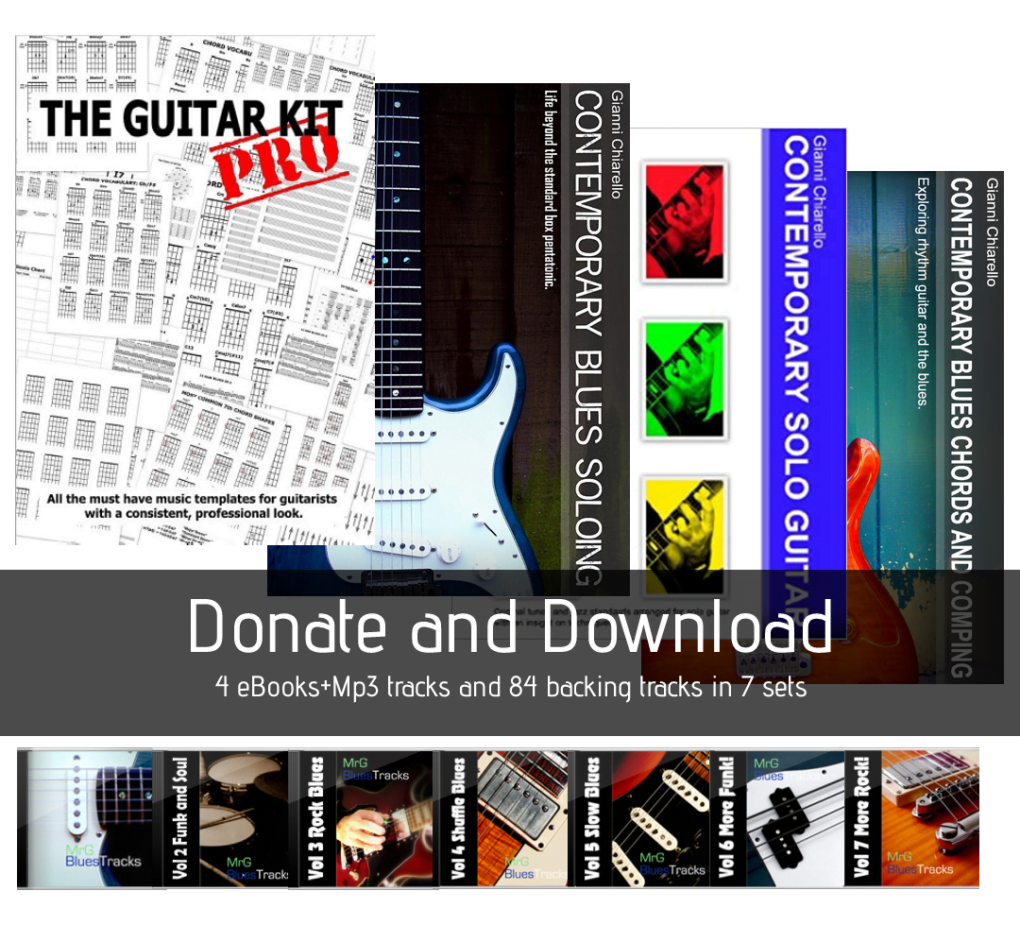If you’re a guitarist, you’ve likely encountered guitar tabs (tablature) at some point in your musical journey. Tabs are a popular way to notate music for the guitar, providing players with a visual representation of where to place their fingers on the fretboard. While tabs can be a helpful tool, there’s a growing movement among experienced musicians who argue that relying solely on tabs can hinder your musical growth. In this post, we’ll explore why some guitarists choose to steer clear of tabs and what they do instead to enhance their skills.
The Limitation of Tabs
Tabs have their place, especially for beginners and hobbyists looking to play their favorite songs quickly. However, tabs come with some significant limitations that can impede a musician’s development. Here are some key reasons why some guitarists, like the speaker in the original transcript, opt not to use tabs extensively:
- Tabs Connect Your Eyes to Your Fingers
Tabs can create a visual dependency, linking what you see on the page directly to where you place your fingers on the fretboard. Music, however, is primarily an auditory art form. It requires you to develop your ability to hear and reproduce sounds, whether you’re playing a melody you’ve heard in your head or replicating a recording. - Traditional Notation for Universal Communication
Unlike traditional notation, which can be understood by musicians of various instruments, tabs are specific to the guitar. Traditional notation serves as a universal language for communicating music. It allows different musicians to collaborate seamlessly and interpret a piece accurately, making it a valuable skill to have. - Lack of Rhythmic Notation
Many tablatures found online lack rhythmic notation. Without rhythmic information, it’s challenging to grasp the timing and rhythm of a piece accurately. This limitation can lead to musical interpretations that miss the mark.
What Guitarists Do Instead
If not tabs, then what should guitarists do to improve their skills and deepen their musical understanding? Here are some alternative approaches that seasoned musicians often recommend:
- Transcribing Music from Recordings
One effective way to develop your ear and enhance your musical skills is by transcribing music from recordings. This process involves listening to a piece of music and figuring out how to play it on your instrument by ear. It’s a skill that may seem daunting at first, but with practice, you’ll improve your ability to hear and replicate melodies, chord progressions, and solos. - Transposing Tunes
Transposing music involves taking a piece of music written in one key and playing it in another. This exercise helps you become more familiar with the fretboard and different chord positions. It’s an excellent way to expand your understanding of music theory and chord progressions while also improving your improvisation skills. - Visual Learning from Videos
When you can’t rely solely on your ears, watching videos of live performances or instructional guitar lessons can be beneficial. Visual cues can help you understand how a guitarist approaches a piece, where they place their fingers, and how they create specific sounds. While this approach is still somewhat visual, it provides valuable insights into technique and style.
The Role of Technology
Technology has made these alternative approaches more accessible than ever before. Musicians can use tools like music speed changers, loopers, and pitch-adjustment software to aid in transcribing music from recordings. These resources make the learning process more manageable and enjoyable.
The Journey to Musical Mastery
Ultimately, the decision to use or avoid guitar tabs depends on your goals as a guitarist. If you’re a beginner or a casual player, tabs can help you get started quickly. However, if you aspire to become a proficient and versatile musician, it’s worth considering the limitations of tabs and exploring alternative learning methods.
Learning to play the guitar is a journey that involves developing not only your technical skills but also your musical intuition. Embracing methods like transcribing, transposing, and learning from visual cues can lead to a deeper and more fulfilling musical experience. So, why not take the plunge and discover the joys of making music by ear and intuition?
Remember, music is not just about playing the right notes; it’s about expressing yourself and connecting with your instrument on a profound level. As you embark on your musical journey, don’t be afraid to explore new horizons and find your unique voice as a guitarist. Tabs may have their place, but there’s a vast world of musical possibilities waiting for those who dare to step beyond them.
In this blog post, we’ve explored why some guitarists choose not to rely on tabs and the alternative methods they use to enhance their musical skills. Whether you’re a beginner or an experienced musician, the key takeaway is that developing your musical ear and intuition can lead to a deeper and more fulfilling musical experience. So, consider incorporating these alternative approaches into your practice routine and see where your musical journey takes you.

